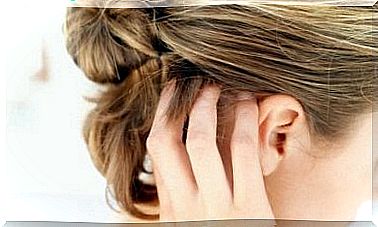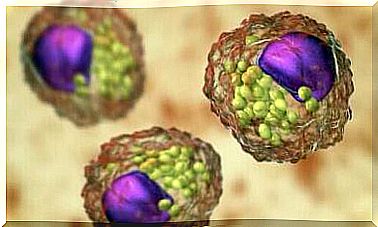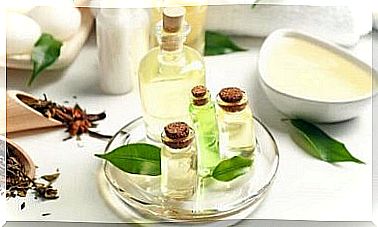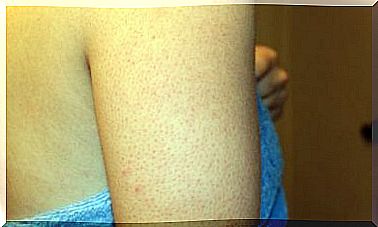Should You Puncture Blisters Or Not?

Blisters are very common because they can be caused by many factors, such as friction. In this article we briefly explain what they are. We will also explain whether you should pop blisters or not.
A blister is a raised and palpable skin lesion that forms in the epidermis and is filled with fluid. In other words, blisters are like fluid-filled sacs. It may also be called a vesicle if it is smaller.
Why do blisters form?
A blister is formed by a change in the epidermis. This can be caused by friction, heat or skin conditions. They often occur when there is friction, such as when your shoes don’t fit properly and rub on part of your foot. Other causes include:
- burns
- freezing
- Eczema
- Allergic Reactions
- Autoimmune diseases such as pemphigus (rare)
- Epidermolysis bullosa
- Infections such as chickenpox zoster and herpes simplex
- Skin infections including impetigo
Symptoms
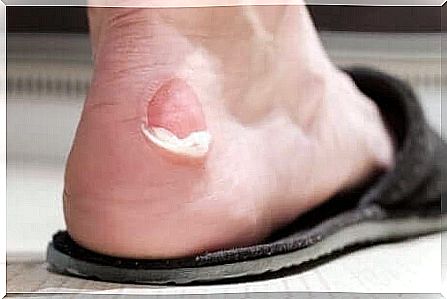
Blisters cause pain and the skin becomes red and irritated. If they open, you can also develop complications such as infections. When this happens, the blisters often produce pus and the area becomes hot and very painful. It can even cause a fever.
Do you need to puncture blisters?
Usually blisters heal on their own. You don’t need to take any medication and puncturing your blisters is usually not necessary. In general, the fluid is reabsorbed by the body and the skin of the blister dries up. It is important to avoid blisters to reduce the risk of infection.
In general, blistering is not necessary. As we said, this actually increases the risk of infection and complicates healing. However, it is possible to do this with sterile equipment and proper care afterwards. Either way, it’s best to cover the blister with a bandage or bandage.
If there is pus or if the blister appears infected, it is best to see a doctor. In some cases, you may need to have the blister surgically treated.
Procedure to puncture blisters
The environment should be as clean as possible. You should wash the area around the blister with soap and water and then disinfect it with alcohol or hydrogen peroxide.
In addition, it is very important to use a sterile needle. To make a needle sterile, soak it in some alcohol for a few minutes or heat it over a small flame. Make sure the needle is not hot when you puncture blisters!
You may only open the blister once and on one side. Ideally, you then press on it with sterile gauze to push the pus and/or fluid out of the blister. Then put an antiseptic on it and then a sterile gauze.
You should not remove the remaining skin. Due to the complexity of this procedure and the risk of infection, you should only do this if the blister is too large or painful.
How can you prevent blisters?
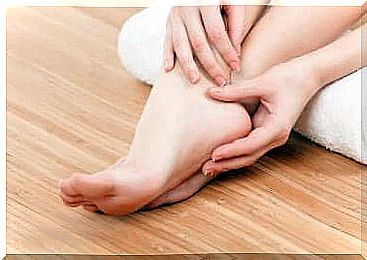
The abrasion of the skin in the shoe causes most blisters. We have therefore listed some very useful prevention measures for you:
- Wear comfortable shoes that fit well. Ideally, tie your shoes tightly. This reduces the movement between your foot and the shoe.
- Always wear socks. In addition, it is important that they also fit well. If you use nylon socks, you can reduce the humidity in your foot. In addition, you should throw away worn socks.
- Protective plasters are useful when you go for a walk.
- If the blister is on your hand from manual labor (such as digging the garden) or sports, it is best to wear gloves.
Conclusion about puncturing blisters
It’s normal if your first reaction to a blister is to want to pop it. The constant rubbing and the blisters themselves are very annoying. However, it is best to let it heal yourself.
The covering skin protects you against the development of an infection. In addition, the fluid contained in the blister encourages healing in the area. The most effective way to help them heal is to keep the area clean and disinfected. Washing with warm water and soap is sufficient.
